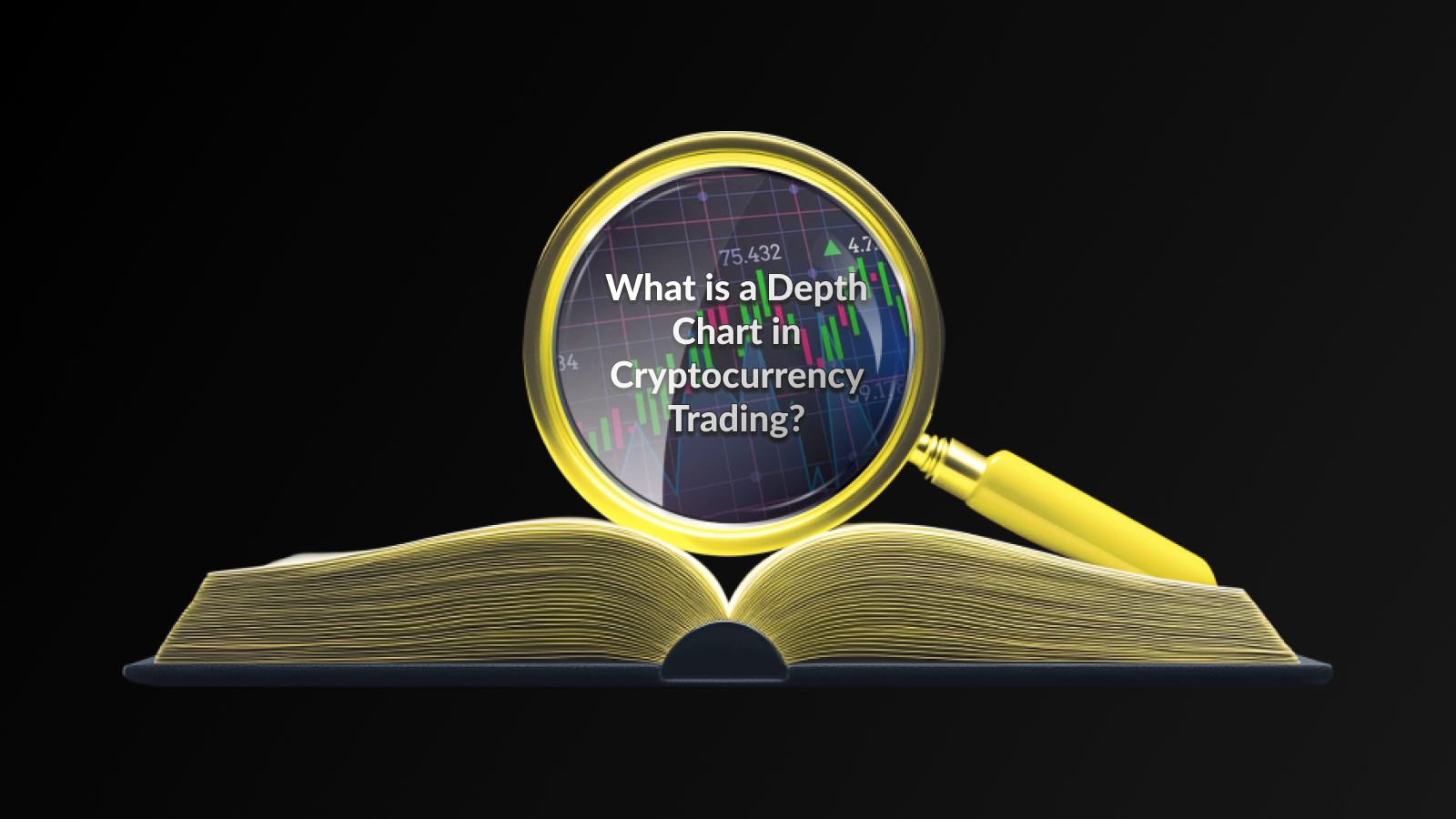Introduction
In the realm of cryptocurrency trading, a Depth Chart in Cryptocurrency Trading serves as a crucial tool for traders aiming to make informed decisions. This visual representation of market depth allows traders to assess the supply and demand dynamics for a particular cryptocurrency at any given time. It effectively aggregates buy and sell orders, displaying them in a comprehensive format that can help traders predict future price movements.
By examining a depth chart, traders can identify key levels of support and resistance, potential price impacts of large orders, and overall market sentiment. Understanding these dynamics is essential, especially in the highly volatile crypto market where rapid price changes can occur. Thus, depth charts not only aid in visualizing market activity but also empower traders to develop strategies that align with current market conditions.
Moreover, the ability to interpret a Depth Chart in Cryptocurrency Trading can differentiate successful traders from those who struggle. As traders become more adept at reading these charts, they gain an advantage in recognizing trends and making strategic decisions based on the visualized order flow.
The integration of depth charts into trading strategies enhances the trading experience by providing valuable insights. As cryptocurrency continues to evolve, the use of a depth chart will remain a fundamental skill for both new and experienced traders seeking to navigate the complexities of the market.
A Depth Chart in Cryptocurrency Trading visually represents the supply and demand for a specific cryptocurrency at different price levels. It typically consists of two primary components: the bid and ask prices. The bid prices indicate the highest prices that buyers are willing to pay for the asset, while the ask prices reflect the lowest prices that sellers are willing to accept.
The chart is divided into two sections, with the bid side usually coloured green and the ask side coloured red. This division allows traders to quickly assess market sentiment. A thick area on the bid side suggests strong buying interest, whereas a thick area on the ask side indicates significant selling pressure.
As trades occur, the depth chart continuously updates, showing real-time changes in supply and demand. This feature helps traders identify potential price movements based on the order book, forecast support and resistance levels, and make informed decisions about entering or exiting trades. Understanding how to read the Depth Chart in Cryptocurrency Trading is crucial for effective trading strategies.
Additionally, fluctuations in volume can also be observed on these charts, providing insights into market momentum. When there’s high volume on either side, it often signals that a breakout or reversal may be imminent, making it a critical tool for traders seeking to capitalize on short-term price changes.
Importance of Depth Charts in Crypto Trading
The Depth Chart in Cryptocurrency Trading serves as a vital tool for traders seeking to understand market dynamics more deeply. This visual representation helps traders quickly gauge the supply and demand levels at various price points, which is essential for making informed trading decisions.
One of the key reasons depth charts hold importance is their ability to show potential price movements. By analysing the buying and selling pressure indicated in the chart, traders can predict where significant price fluctuations may happen, enabling them to strategize accordingly.
Moreover, depth charts can reveal market sentiment. A depth chart skewed heavily towards buyers may indicate bullish sentiment, whereas a chart leaning towards sellers might signify bearish outlooks. This perception helps traders align their strategies with prevailing market conditions.
In addition to guiding trading strategies, depth charts allow traders to identify liquidity levels. High liquidity can be beneficial for executing trades without causing drastic price changes, making it easier to enter and exit positions efficiently.
Overall, the significance of understanding and utilizing depth charts cannot be overstated. They provide crucial insights that empower traders to navigate the complexities of the cryptocurrency market with greater confidence and precision.
How to Use Depth Charts for Trading Strategies
Utilizing a Depth Chart in Cryptocurrency Trading can significantly enhance your trading strategies and decision-making process. By analyzing the graphical representation of buy and sell orders, traders can gain insights into market sentiment and price movements. One effective strategy is to identify key support and resistance levels indicated by clustering orders. When many buy orders are concentrated at a specific price level, it may suggest strong support, while a high volume of sell orders can indicate resistance.
Another approach is to employ the depth chart to gauge market liquidity. A more liquid market, characterized by a thick order book, can enable traders to enter and exit positions with minimal slippage. Conversely, a thinner order book may lead to greater price volatility, impacting your trading choices.
Moreover, observing the orders can provide indicators for potential breakout or reversal points. A sudden increase in buy orders might signal that bulls are taking control, whereas a spike in sell orders could suggest that bears are dominating the market. Using these indicators, traders can set entry and exit points more strategically.
Integrating depth chart analysis with other trading tools and indicators, such as moving averages and RSI (Relative Strength Index), can create a more robust trading strategy, reducing the risk involved in trades while maximizing potential returns.
Frequently Asked Questions
What is a depth chart in cryptocurrency trading?
A depth chart is a graphical representation of the supply and demand for a particular cryptocurrency at various price levels, displaying the relationship between buyers and sellers in the market.
How do you read a depth chart?
To read a depth chart, observe the two sides: the bid section (buy orders) is usually shown on the left in green, while the ask section (sell orders) is on the right in red. The chart illustrates the cumulative volume of orders at each price level, allowing traders to gauge market sentiment.
What do the colors represent on a depth chart?
On a depth chart, usually green represents buy orders, indicating demand, while red signifies sell orders, indicating supply. The relative sizes of these colors indicate the volume of orders at different price levels.
How can depth charts help in trading decisions?
Depth charts can help traders identify support and resistance levels based on where buy and sell orders are clustered. For instance, a large volume of buy orders at a specific price could indicate strong support.
Can depth charts predict price movements?
While depth charts do not guarantee price movements, they provide insights into market dynamics and trader sentiment, which can help traders make more informed decisions about potential price movements.
What are the limitations of using depth charts?
Depth charts can be misleading during times of high volatility or low liquidity, as large orders can skew the representation. Additionally, they do not account for hidden orders or those not displayed on the chart.
Are depth charts used in all cryptocurrency exchanges?
Most cryptocurrency exchanges provide depth charts as part of their trading interfaces, but the level of detail and functionality can vary between platforms. It’s important for traders to familiarize themselves with the specific charts offered by their chosen exchange.
Disclaimer
This article is for informational purposes only and does not constitute financial or investment advice. Cryptocurrency trading involves significant risk, and traders should conduct their own research before making any investment decisions.
Click for more educational articles.





